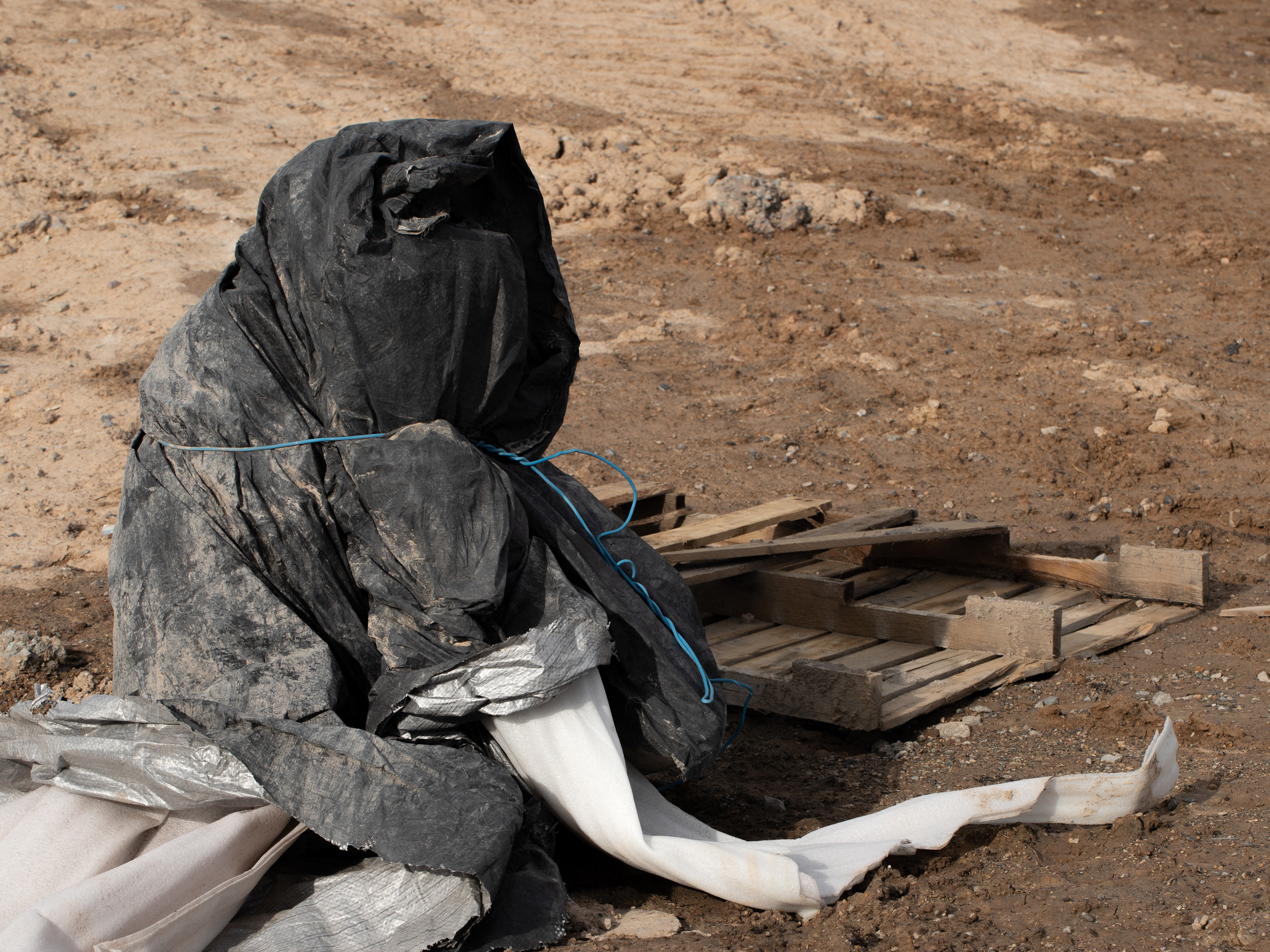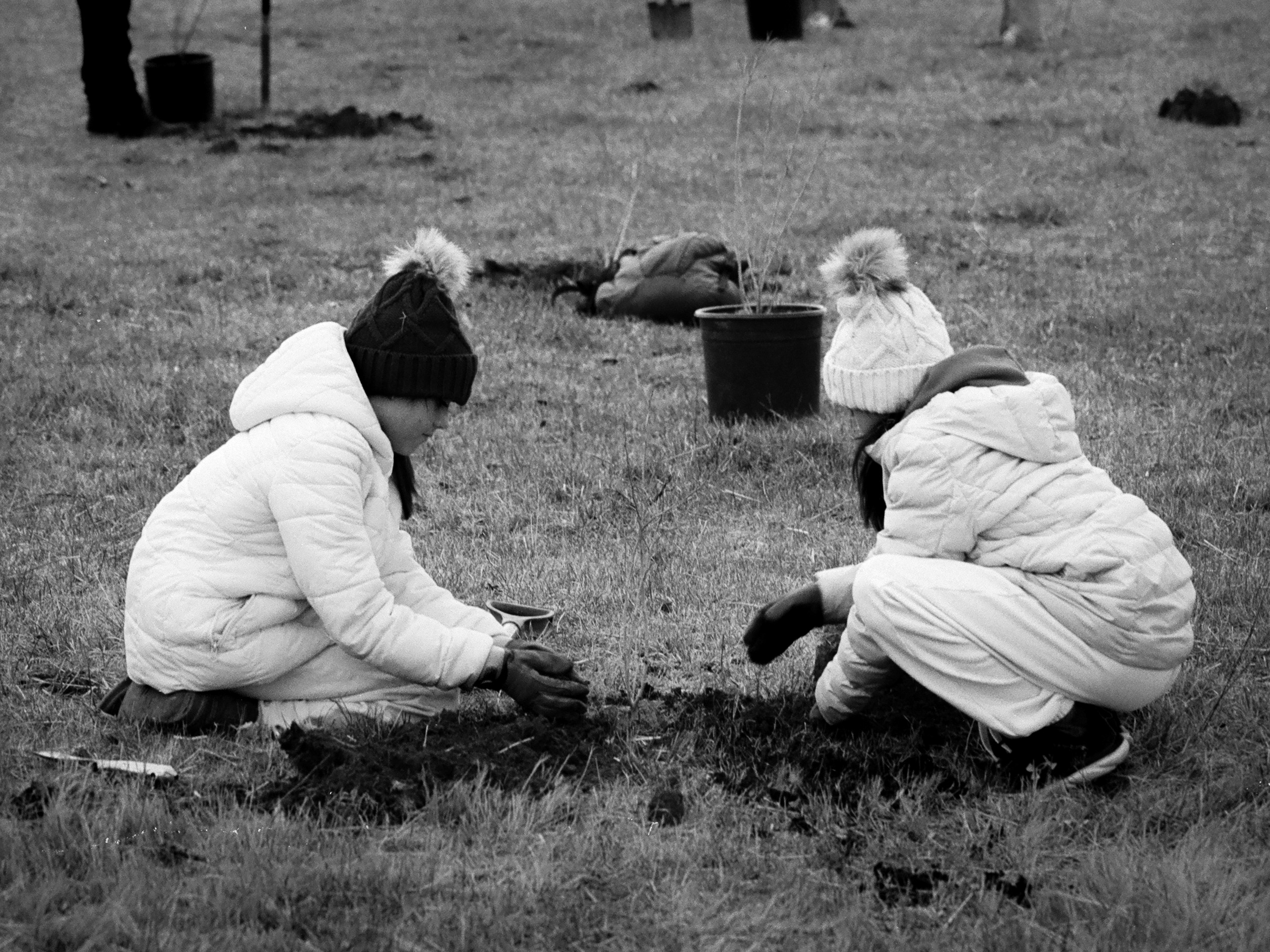Within the fishing community, tangled fishing line is commonly called a Birds Nest.
Many fishermen use monofilament fishing lines, which are known for being strong, lightweight, and clear. These traits are great for the fishermen. However, if left in the environment, they endanger the birds that breed there.
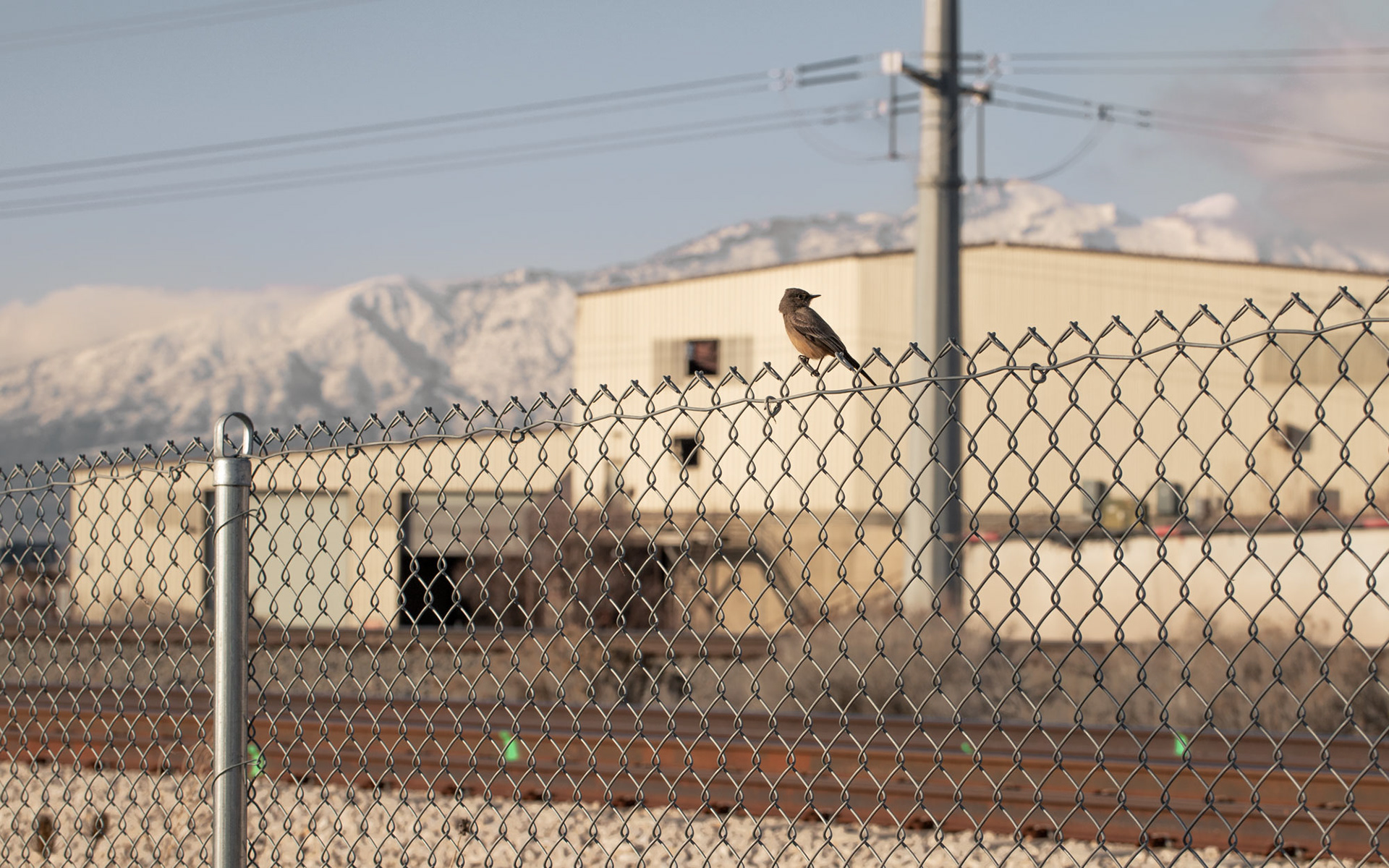
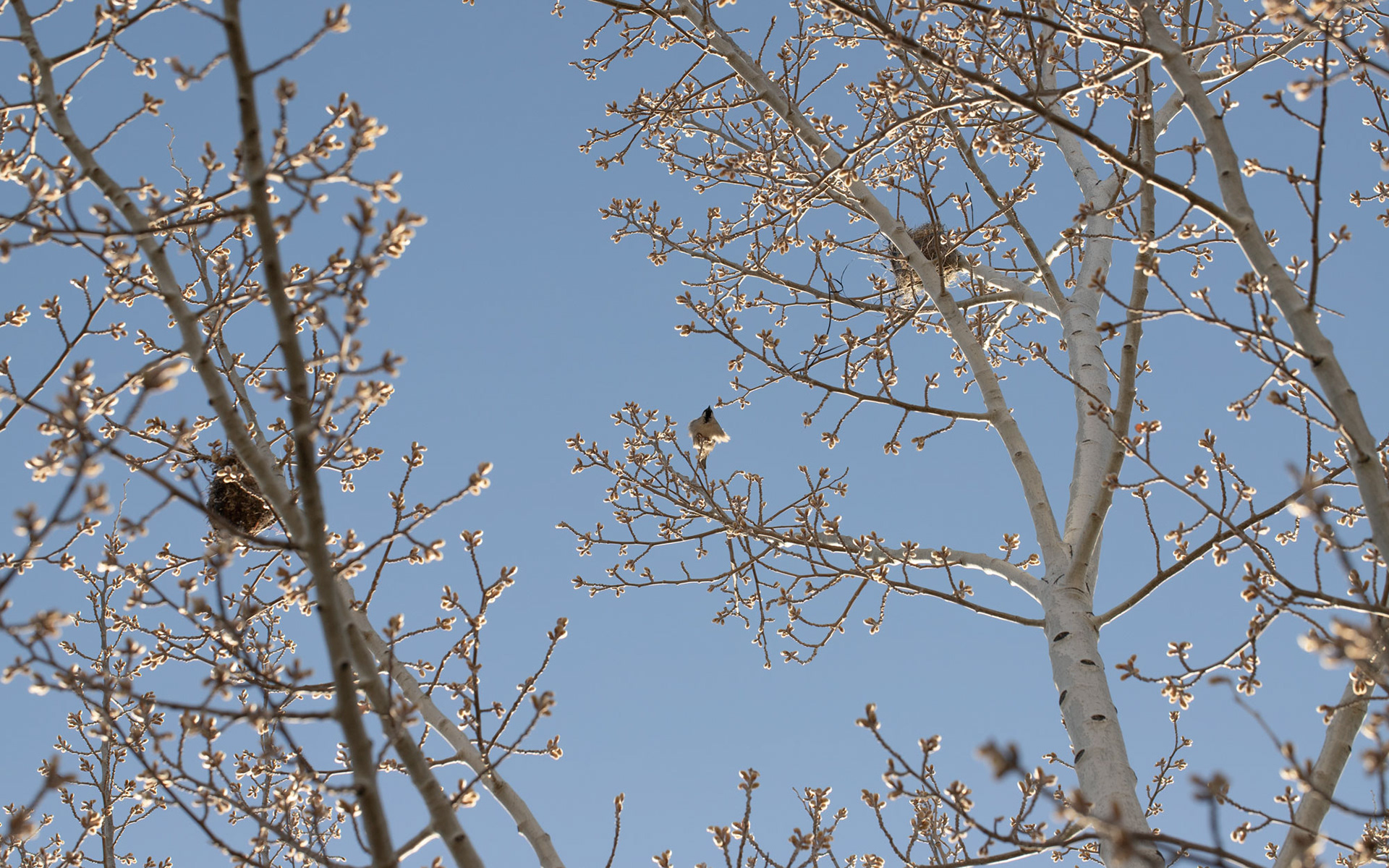
Fishing lines are a frequently used material in avian nesting construction, accompanied by twine, plastic bags, and string. Anthropogenic materials are extremely dangerous to nesting birds and wildlife. Monofilament, in particular, tends to tighten like a noose when met with struggle, causing entanglement. Birds tangled like this often suffocate to death. The lucky ones fly away with a broken leg or an amputation from prolonged loss of circulation. Those who avoid entanglement often ingest the line, which wrecks the stomach lining, causing a host of health and reproductive issues.

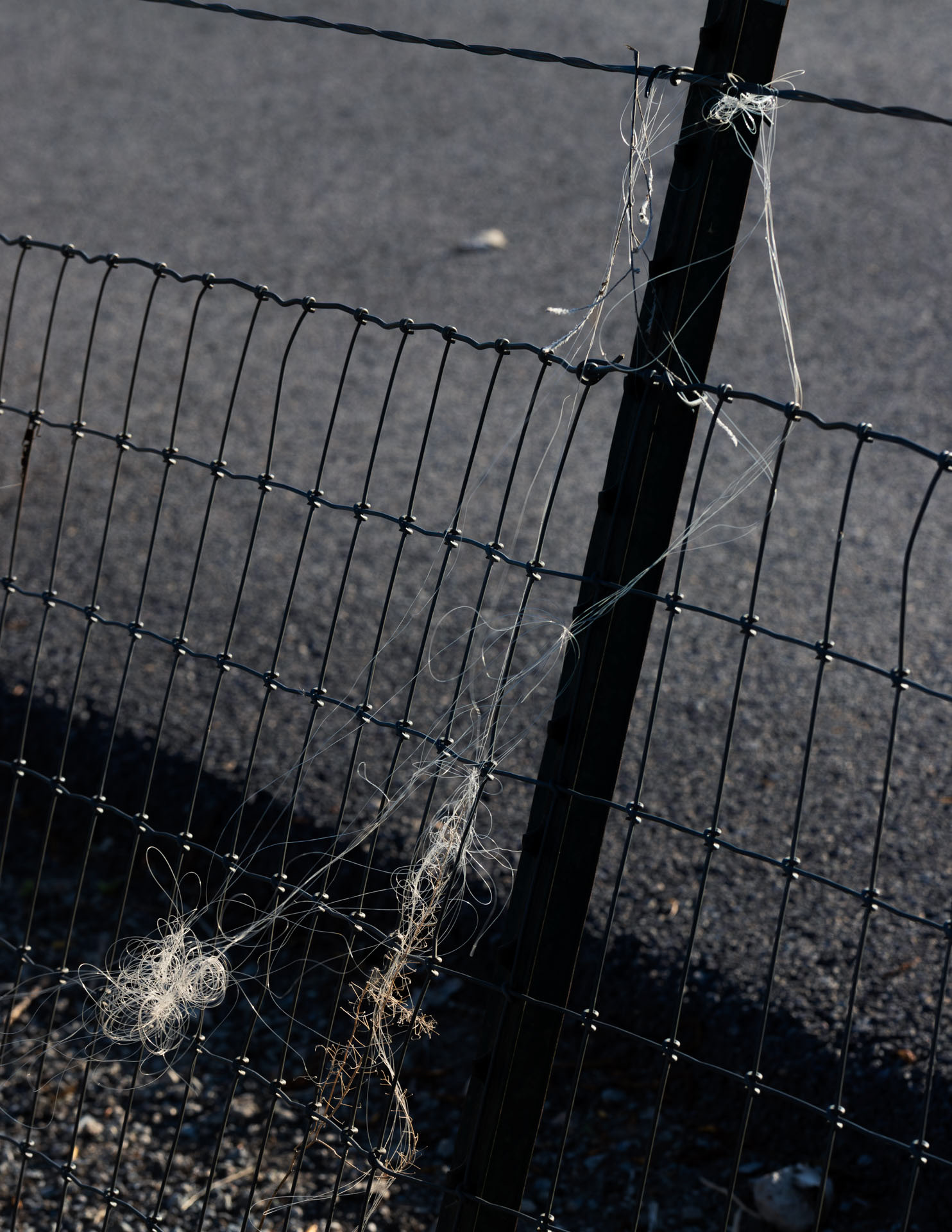
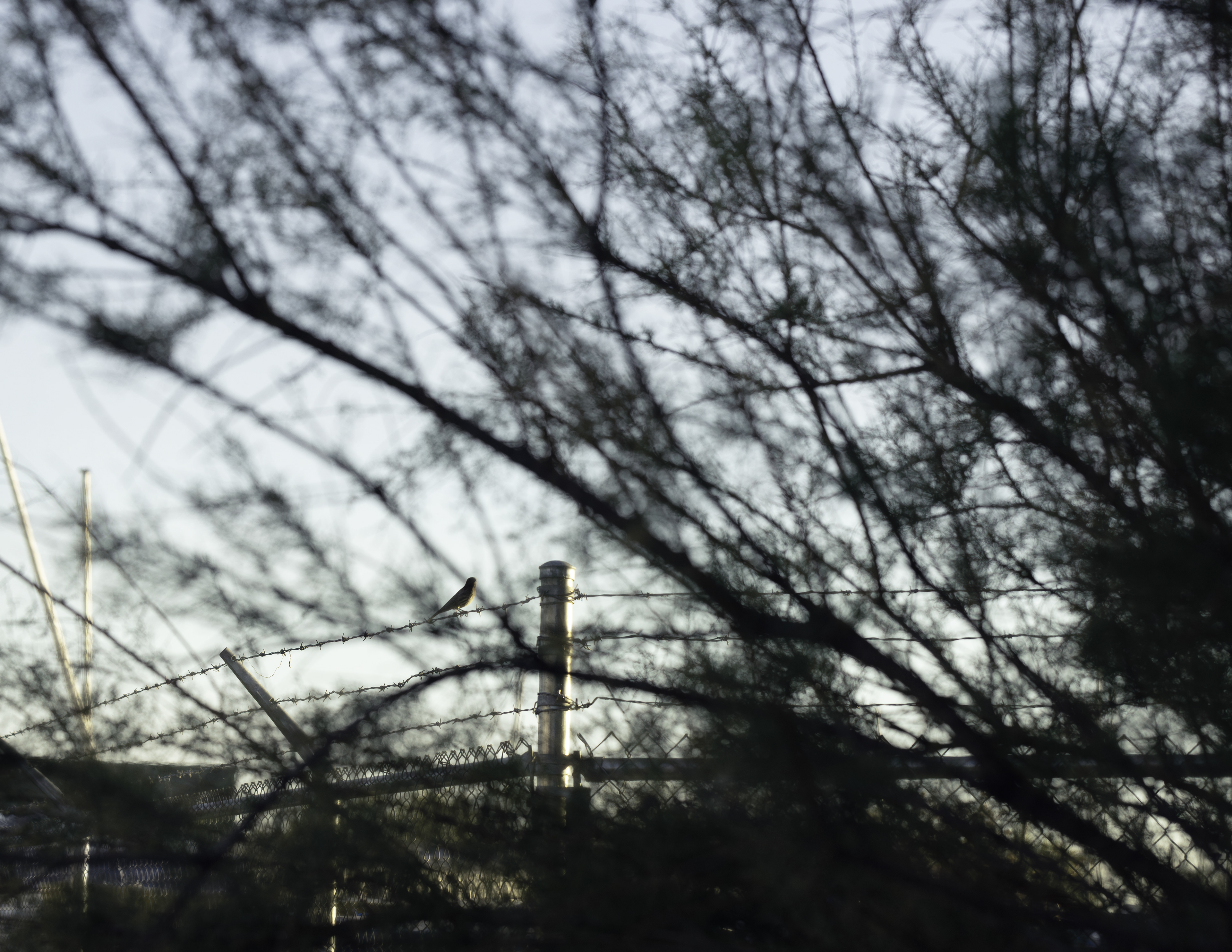
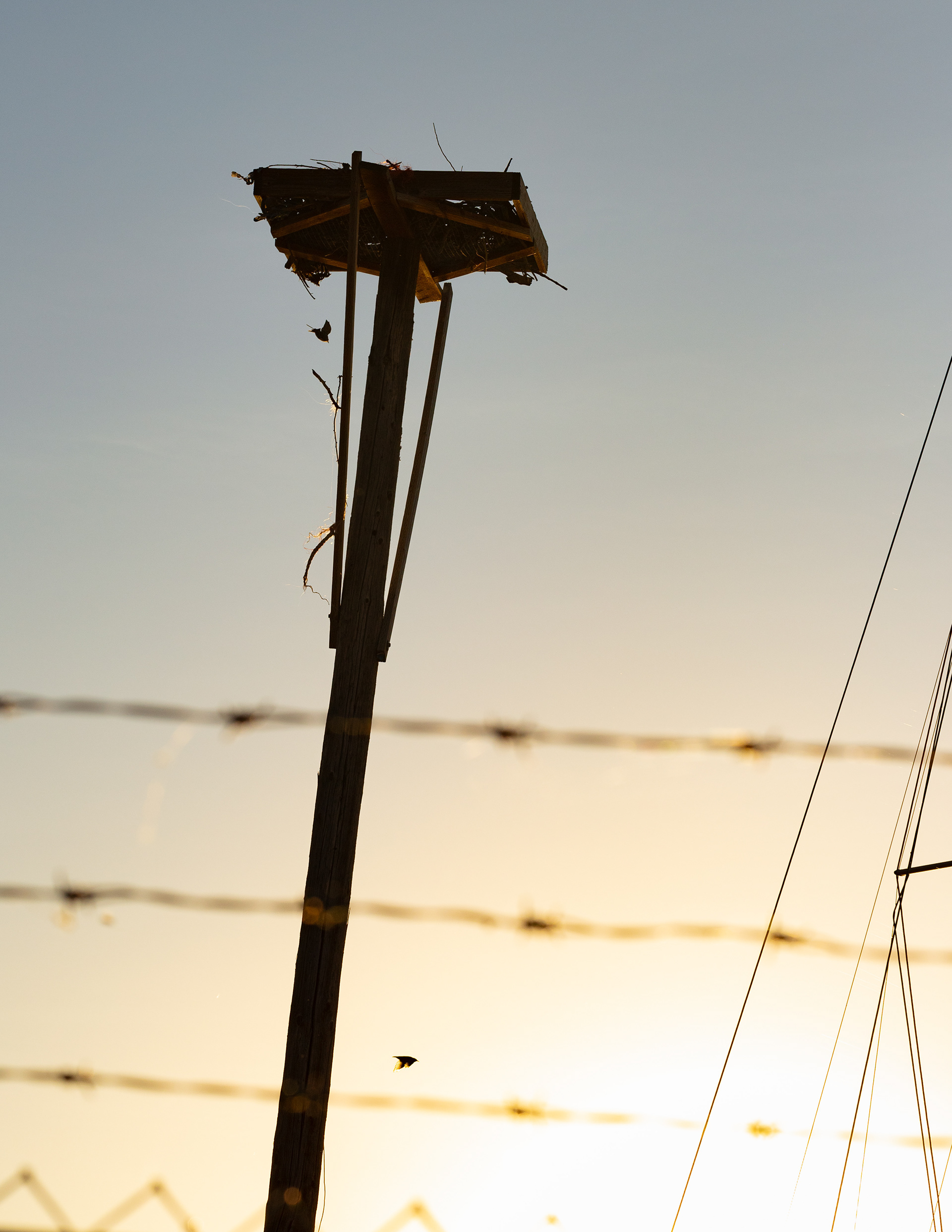
These photos were all taken at Lindon Marina, Utah Lake. Marinas and water bodies are at higher risk for artificial nesting use. There are few programs in existence for the removal of fishing lines, creating the perfect situation for litter to build up in the environment. Lindon Marina is among the many public recreation spots without the infrastructure in place for fishing line disposal. Programs that do exist focus on ocean and coastal marinas, largely ignoring inland issues.

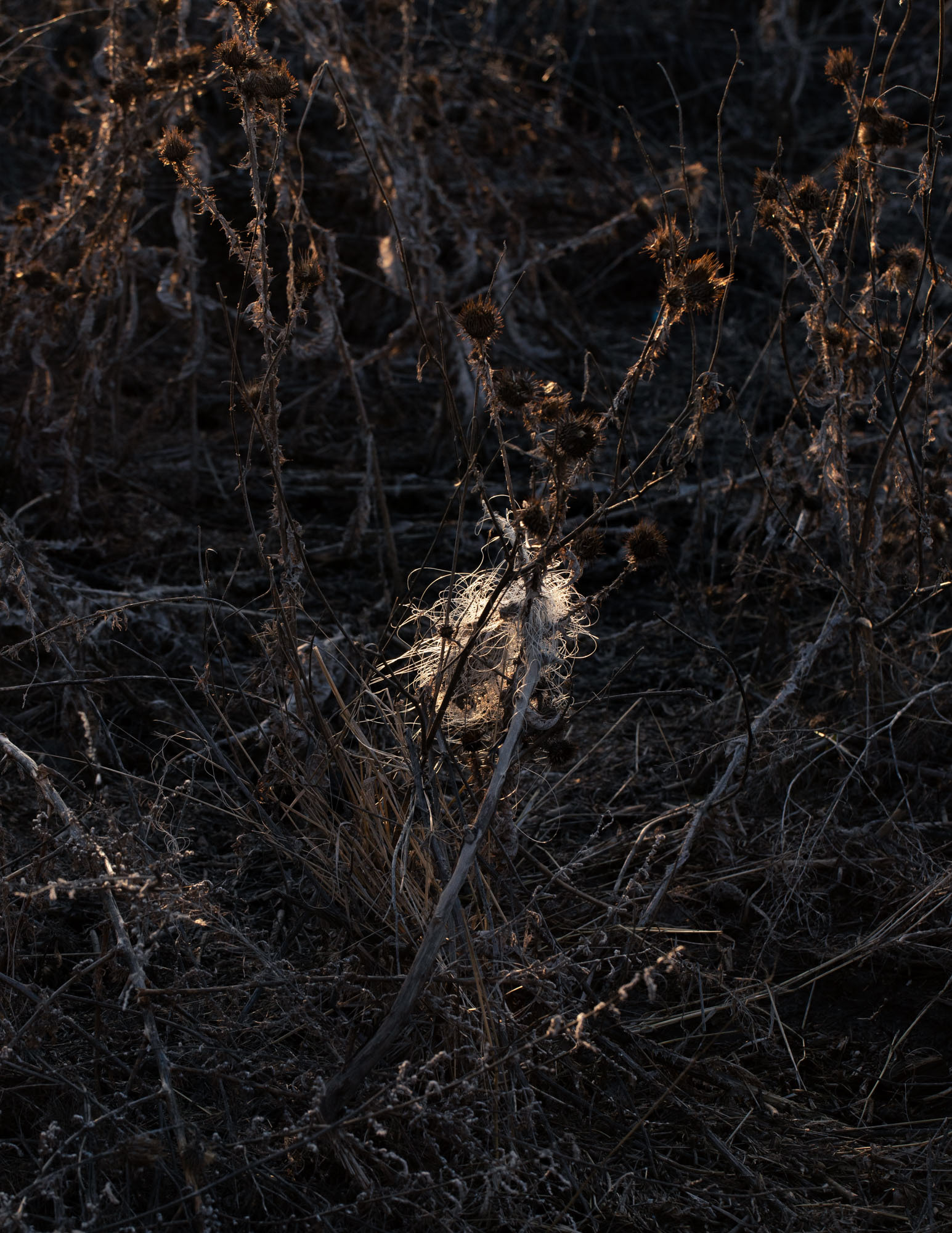
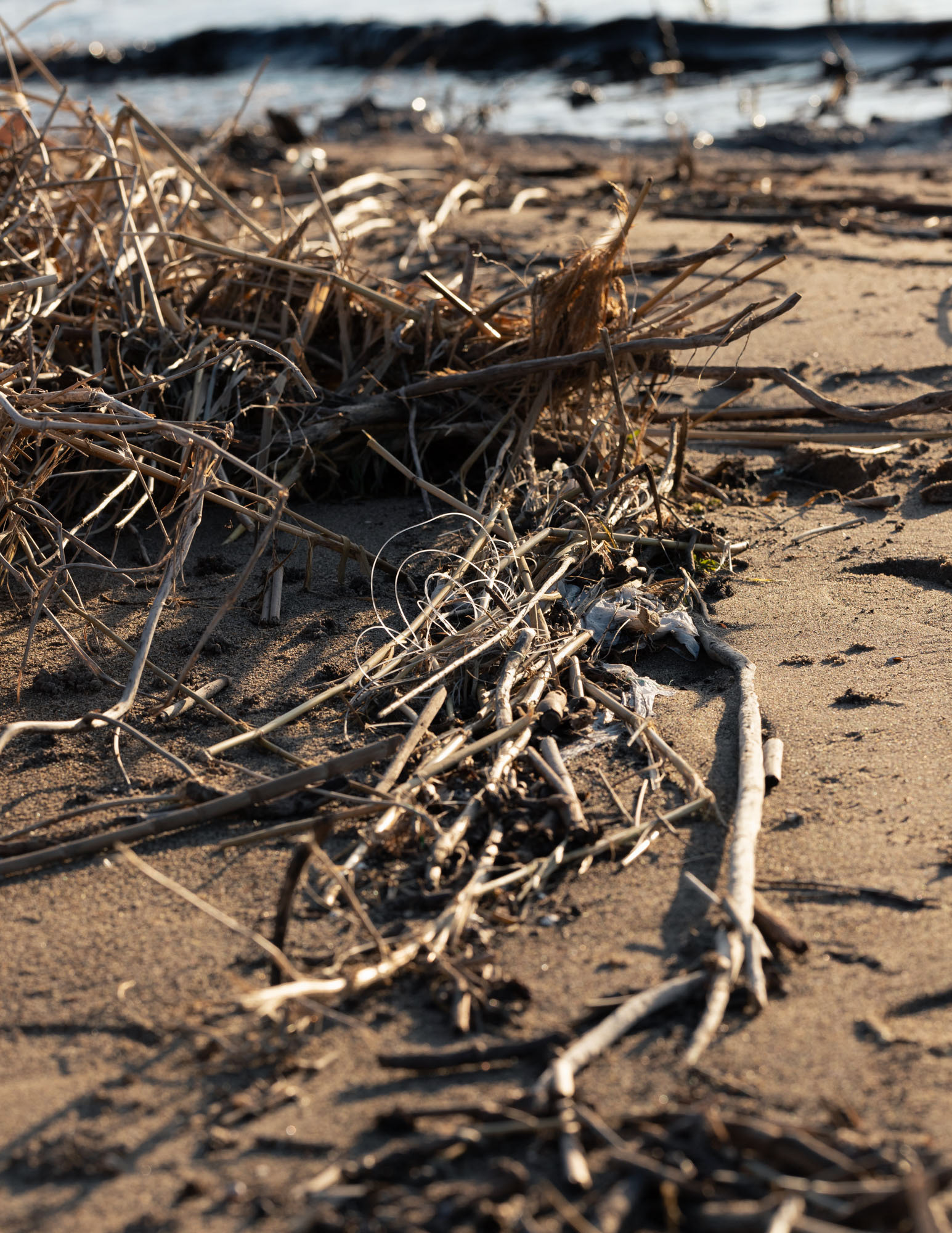
This project is ongoing. I hope to bring awareness to the issues at Utah Lake and eventually, put in place infrastructure and policy to reduce artificial material use.
"We shape our dwellings, and afterwards, our dwellings shape us."
- Winston Churchill
Below is a link to an investigative essay I wrote on Anthropogenic Material Use in Bird Nests at Utah Lake.
